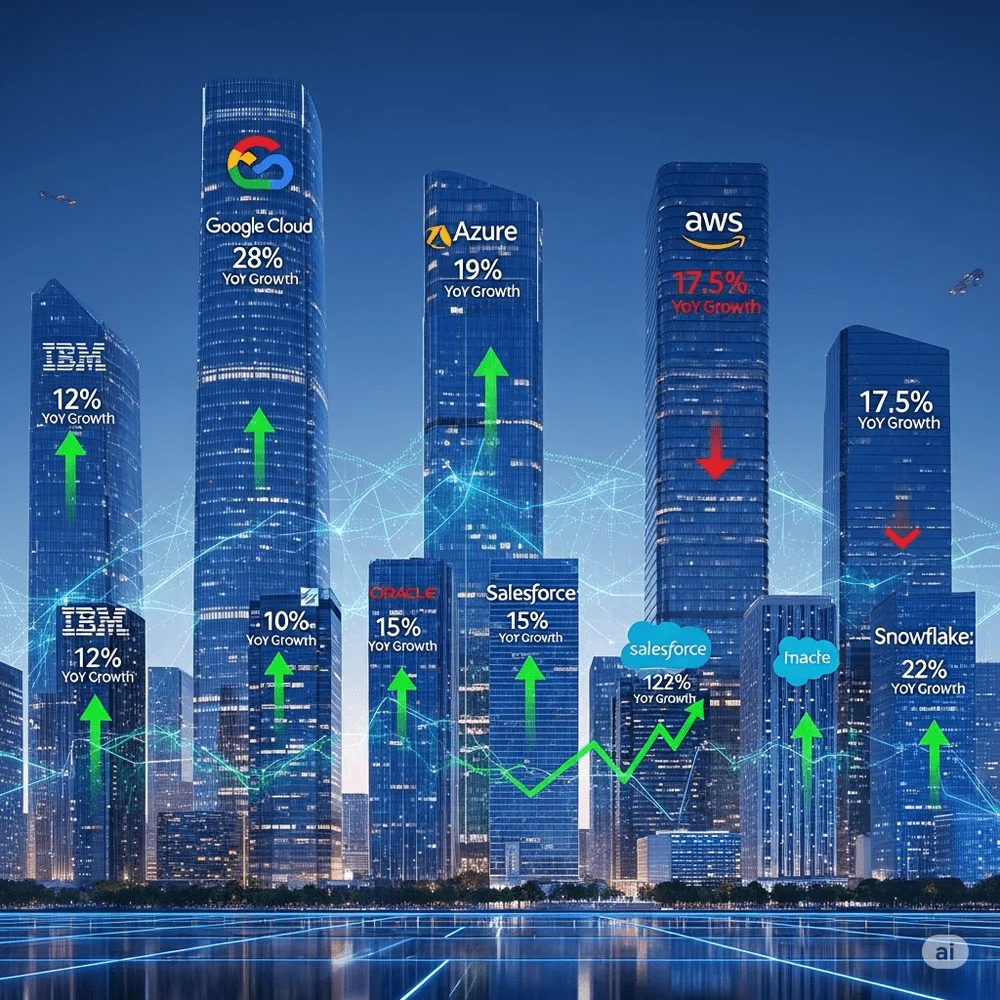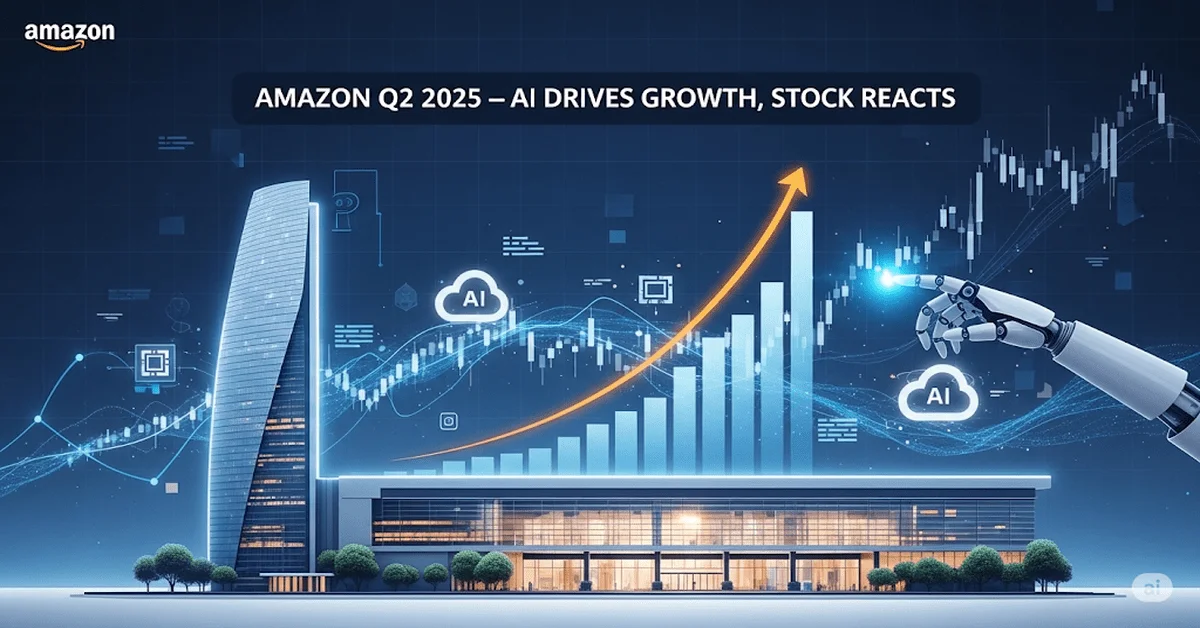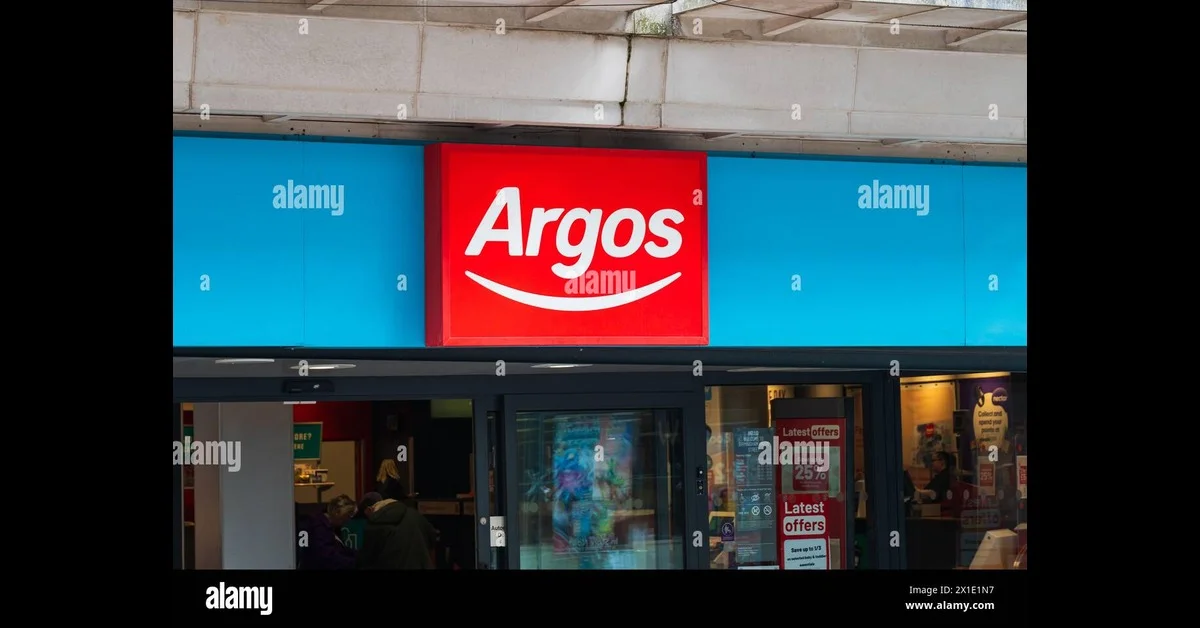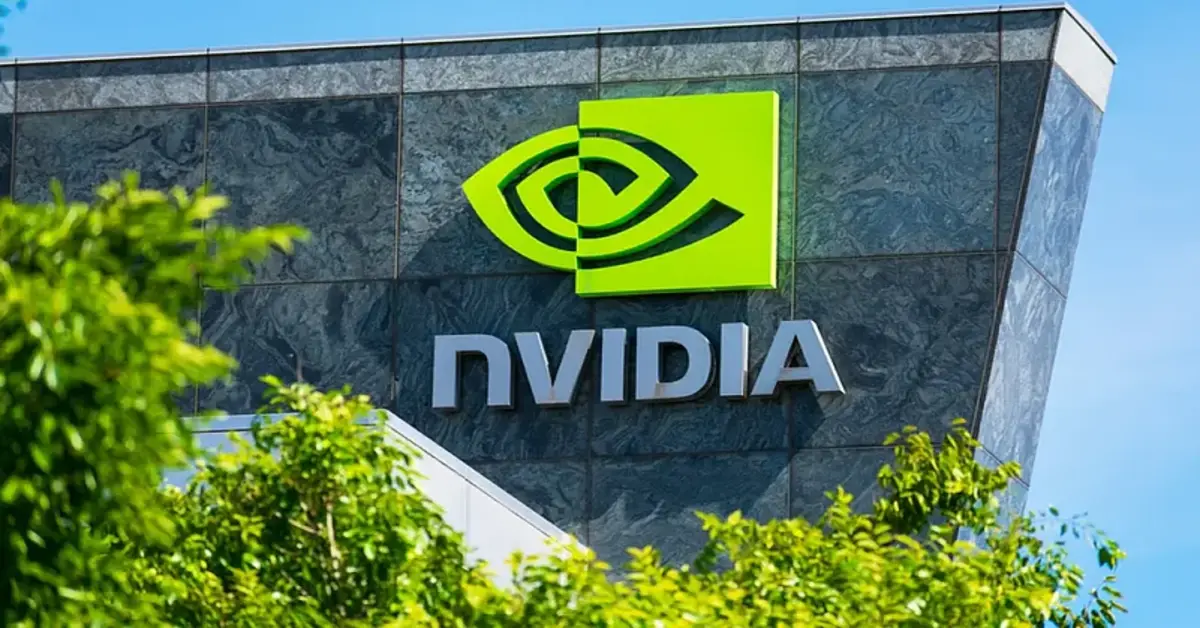Amazon’s Q2 2025 earnings demonstrated broad-based growth, though investor reaction remained mixed, resulting in a post-report share dip, despite the company’s strong underlying fundamentals.
Amazon posted net sales of $167.7 billion, up 13% year‑over‑year (12% excluding favorable FX impacts), exceeding consensus expectations of around $162 billion. Revenue rose across major segments: North America sales climbed 11% to $100.1 b, international sales grew 16% to $36.8 b (or 11% ex‑FX), and Amazon Web Services (AWS) led with 17.5% growth, generating $30.9 b in revenue. Operating income totaled $19.2 b, including $10.2 b from AWS (compared with $9.3 b last year), and net income surged to $18.2 b, or $1.68/share, beating the prior year’s $1.26/share.
Advertising and third‑party seller services also played a significant role in margin expansion, outperforming internal forecasts. The ad business grew significantly, helping boost margins beyond expectations.
Despite these strong results, shares declined by approximately 7% in after‑hours trading, as guidance for Q3 operating income of $15.5 b to $20.5 b fell short of analyst expectations, particularly the midpoint near $19.5 b. Investor sentiment also reflected concerns that AWS’s growth of 17.5% didn’t match the momentum shown by competitors like Microsoft Azure and Google Cloud, which posted higher growth rates. Azure reported 19% year-over-year growth, while Google Cloud surged by 28% in the same quarter, according to their Q2 2025 earnings reports.
Amazon CEO Andy Jassy showed strong confidence in the company’s AI growth, highlighting tools like Alexa+, Shopping Agent, DeepFleet, Kiro IDE, Strands, and Bedrock AgentCore. These innovations aim to improve operational efficiency, enrich user experience, and strengthen AWS’s competitive edge in enterprise AI.
Capital investment surged to $31.4 b, ahead of typical analyst expectations, as Amazon builds AI infrastructure and global datacenters, including partnerships like Anthropic and several major U.S. data center developments. Although Amazon’s trailing twelve-month operating cash flow increased by 12% to $121.1 billion, its free cash flow significantly declined to $18.2 billion, down from $53 billion in the same period last year, largely due to intensified capital expenditures.
In summary, Amazon delivered a strong quarter on revenue and profitability, led by AWS and advertising strength, and further fueled by AI initiatives. But cautious profit guidance and capital intensity weighed on stock sentiment. Analysts remain long-term bullish, pointing to Amazon’s strong AI positioning and expanding cloud footprint as key growth drivers; many maintain “buy” ratings and have raised price targets near $250/share.



